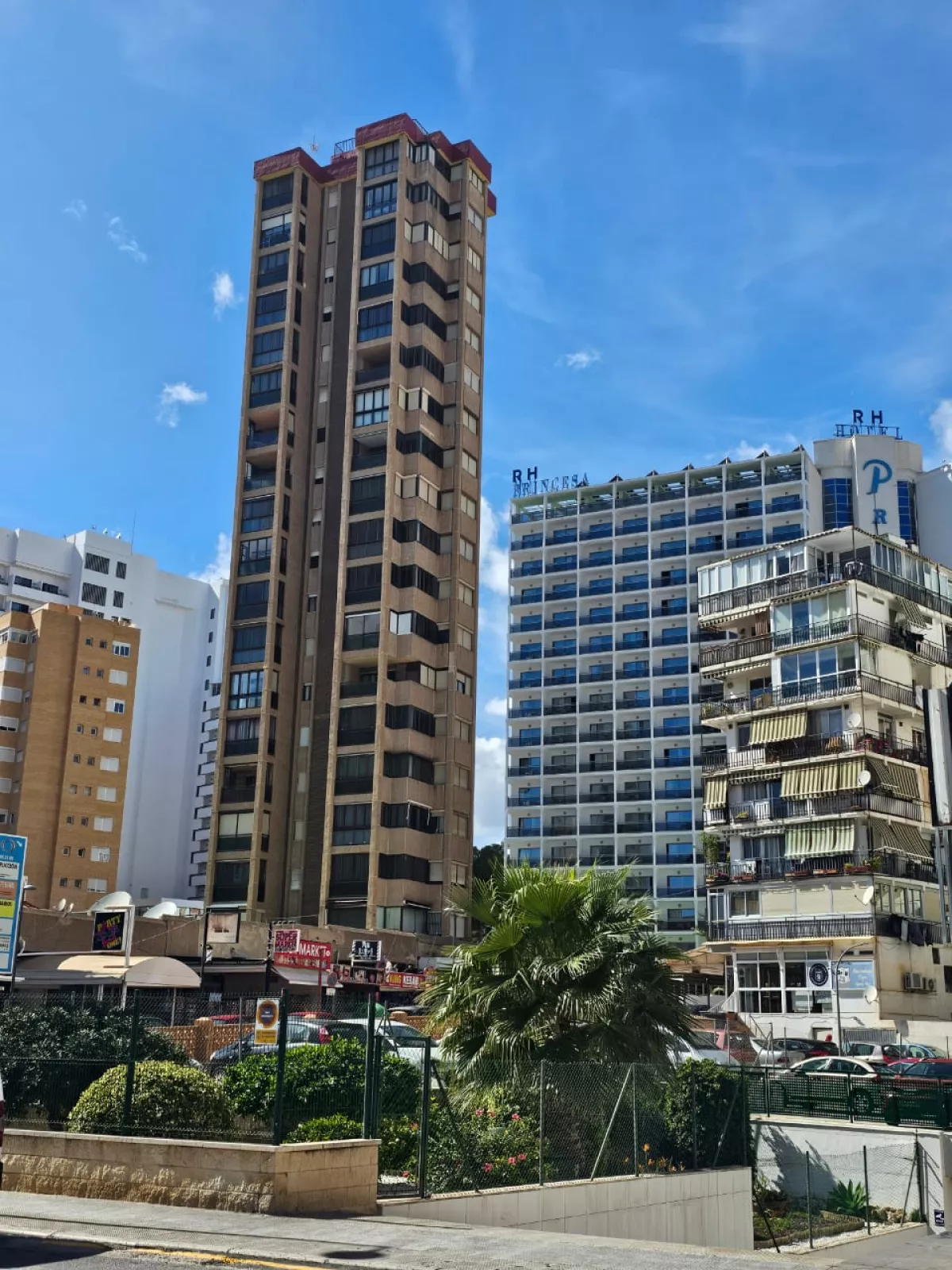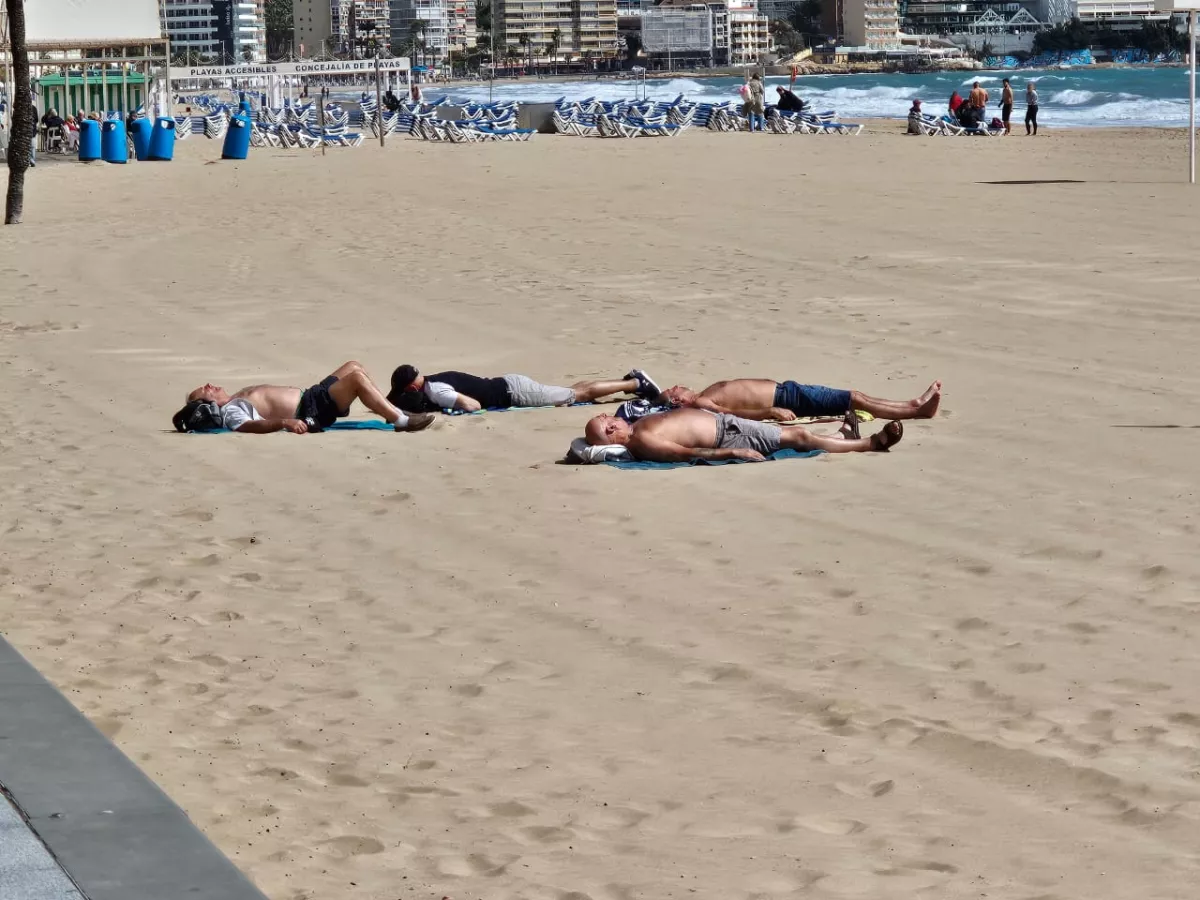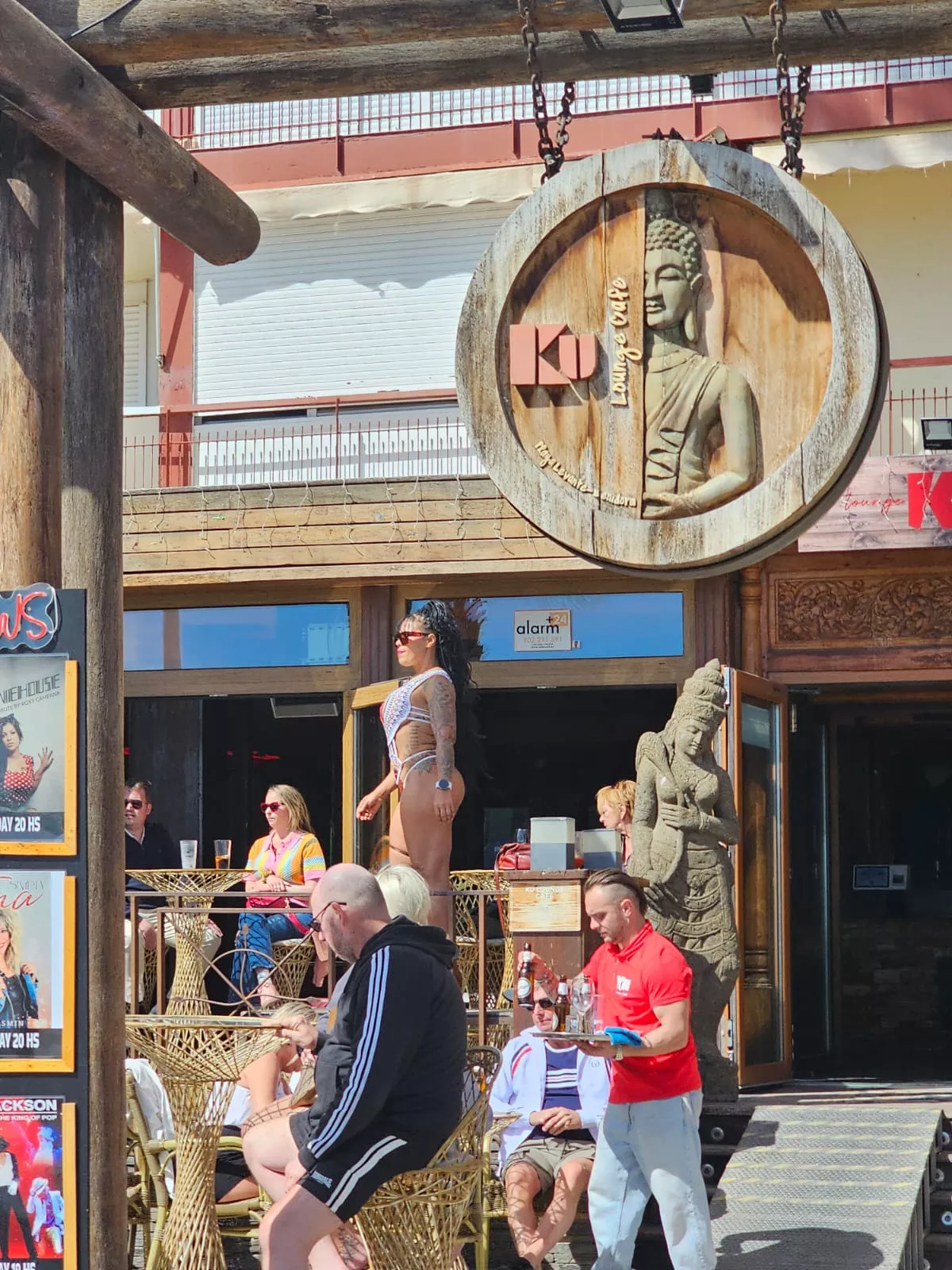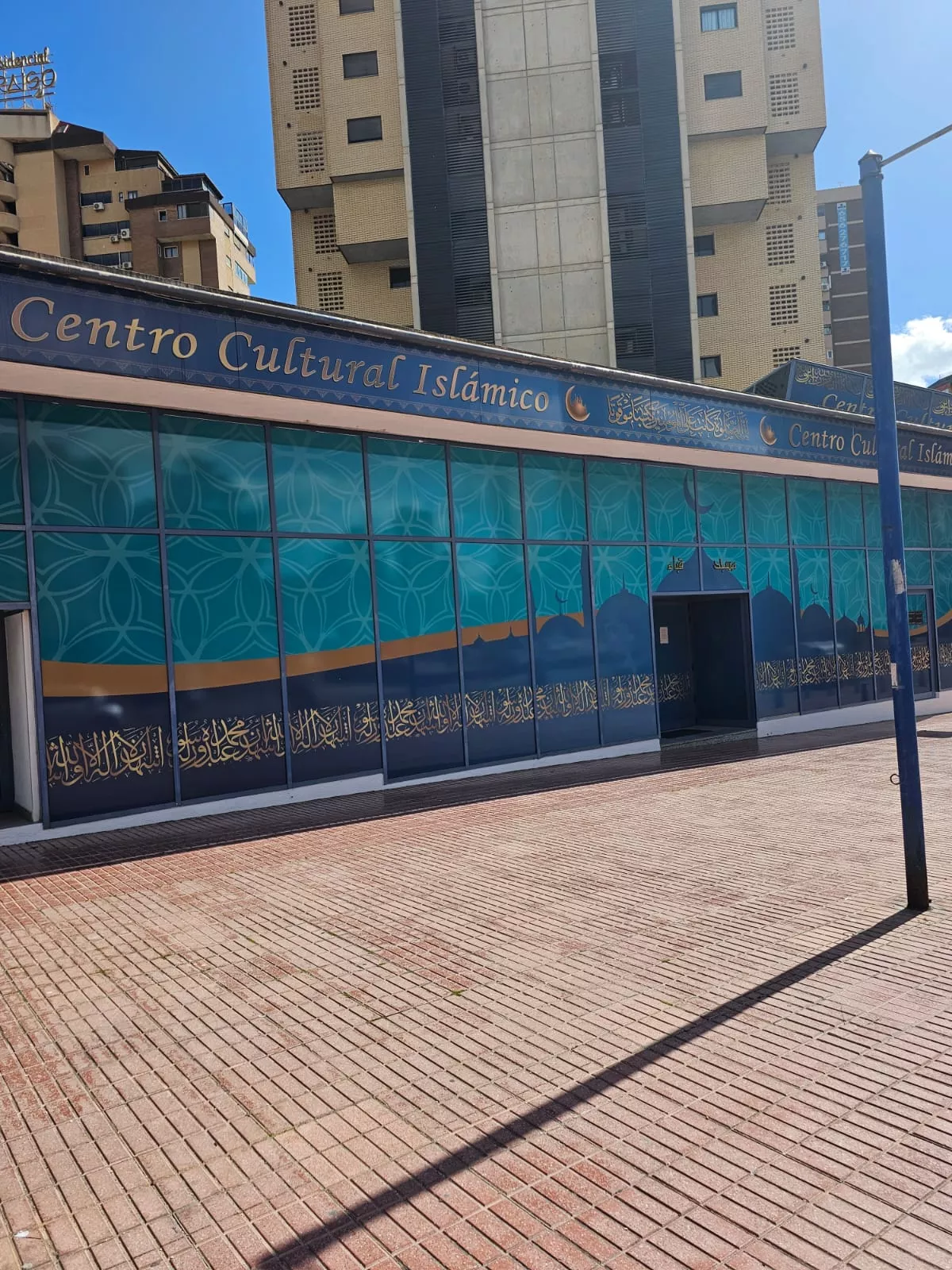How a fishing village became the "Spanish Miami" Reportage on Caliber.Az
Many countries around the world often emphasise the significant role of individuals in history. Once an ordinary fishing village, this place was transformed into one of Spain’s most popular tourist resorts. Today, I want to tell you about this place—the city of Benidorm. It was founded on May 8, 1325, by Admiral Bernardo de Sarriá, who granted it municipal status.
In 2025, the city will celebrate its 700th anniversary. Until the mid-20th century, Benidorm remained a small fishing settlement. A turning point in the city’s history came when the local mayor, Pedro Zaragoza, launched an ambitious urbanisation and tourism development plan. He served as mayor from 1950 to 1967—a full 17 years. At first glance, this may not seem like a very long period, but by 1956, he had already approved the city's master plan, allowing for the construction of high-rise buildings.

For Spain at the time, this was an innovative decision—most resorts were developing horizontally. Thanks to vertical construction, Benidorm was able to accommodate more tourists within a smaller area, while the high-rise buildings offered spectacular sea views, further enhancing the appeal of its hotels.
Even earlier, in 1953, Zaragoza made another bold move by allowing bikinis on Benidorm’s beaches, which clashed with the Catholic traditions of Franco-era Spain. The local bishop threatened to excommunicate him, prompting the mayor to travel to Madrid personally to seek Francisco Franco’s support. Understanding the economic benefits, Franco chose not to ban the change. As a result, Benidorm became the first city in Spain to officially permit bikini swimsuits—a decision that attracted foreign tourists. This is particularly interesting when compared to the recurring debates in Azerbaijan about wearing shorts in the summer heat.
Zaragoza actively lobbied for the construction of new roads and better connections between the city and major transport hubs. He promoted Benidorm at international tourism fairs, targeting British and German holidaymakers. The city began branding itself as the "Spanish Miami." As part of this concept, it attracted investors to build hotels, restaurants, casinos, and nightclubs. Famous singers and performers started appearing here, making Benidorm especially popular among young people.
And what do you think happened next? By 1967, at the end of Pedro Zaragoza’s tenure, Benidorm was already welcoming half a million tourists a year—an enormous figure for that time. Over the years, this number only grew, reaching an astonishing scale: in 2022, more than 20 million tourists visited the city, making Benidorm the fifth most popular destination in Spain.

Benidorm is particularly popular among tourists from the European Union and the United Kingdom. Citizens of these countries can be seen everywhere—especially along the stunning city promenade. To its right stretches a beach with sky-blue waters and truly golden sand. I’ve attached photos, but trust me—they don’t capture even half of the awe you feel when witnessing it in person.
It’s worth highlighting: the beaches here are magnificent, equipped with changing rooms and showers—and they’re completely free. Yes, you can rent a sun lounger, but honestly, it’s much simpler and cheaper to just lay down on a large towel or blanket brought from home. You’re also free to eat and drink whatever you bring with you—no restrictions, unlike many Baku beaches.
Music drifts from nearby cafés, bars, and pubs, and in some places, there’s even strip dancing—to the delight of the audience. The prices, however, are quite steep. We learned this firsthand when we ordered a Margherita pizza, two hamburgers, and four small bottles of Coca-Cola at a café in the centre of Benidorm—the bill came to €52.

Our waitress was from Moldova. Yes, many migrant workers come here—how could it be otherwise when the city’s population is only around 70,000? There’s virtually no unemployment here, especially during the tourist season, which seems to have already begun and will last until November.
Benidorm enjoys a mild Mediterranean climate with warm winters. In winter, temperatures range from +8 to +20°C, with minimal rainfall. This makes it an attractive destination for remote workers, further driving the growth of the construction sector. The city boasts numerous high-rise buildings of various architectural styles. Property prices range from €2,500 to €4,000 per square metre.
It’s also worth mentioning the city’s religious infrastructure: Benidorm has two mosques, as well as an Islamic Centre—a non-profit educational institution established by members of the Muslim community. There are also many establishments offering halal food and services for iftar.

Benidorm is a city where people of different religions and nationalities can live comfortably. It flourished thanks to the foresight of Pedro Zaragoza, yet it has clearly not reached the peak of its development. I sincerely wish every one of our readers the chance to visit this place at least once in their lifetime.








